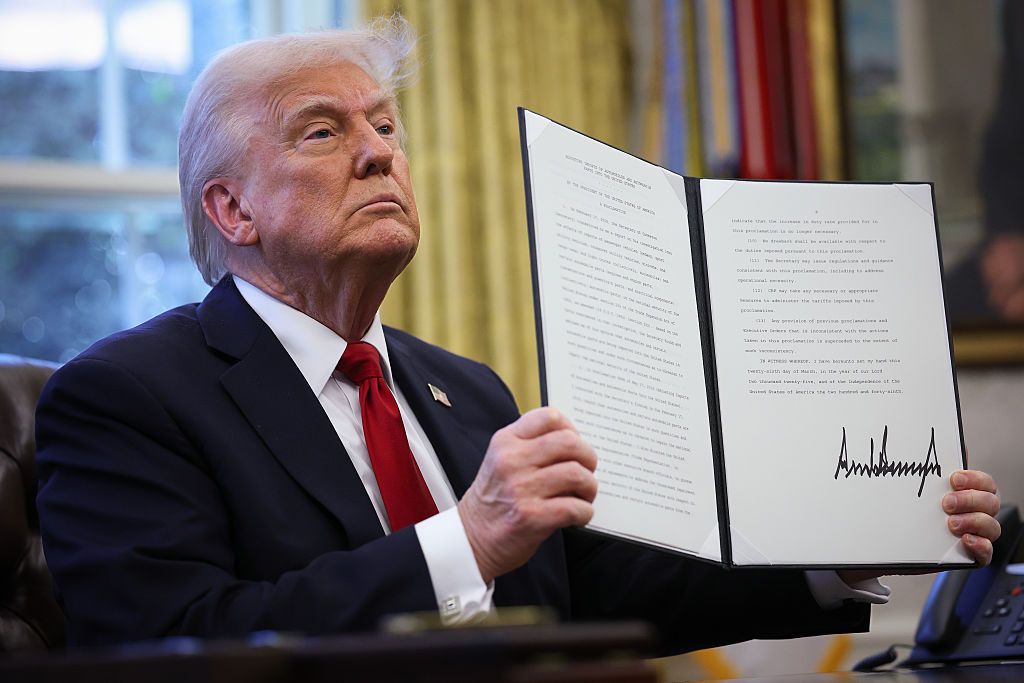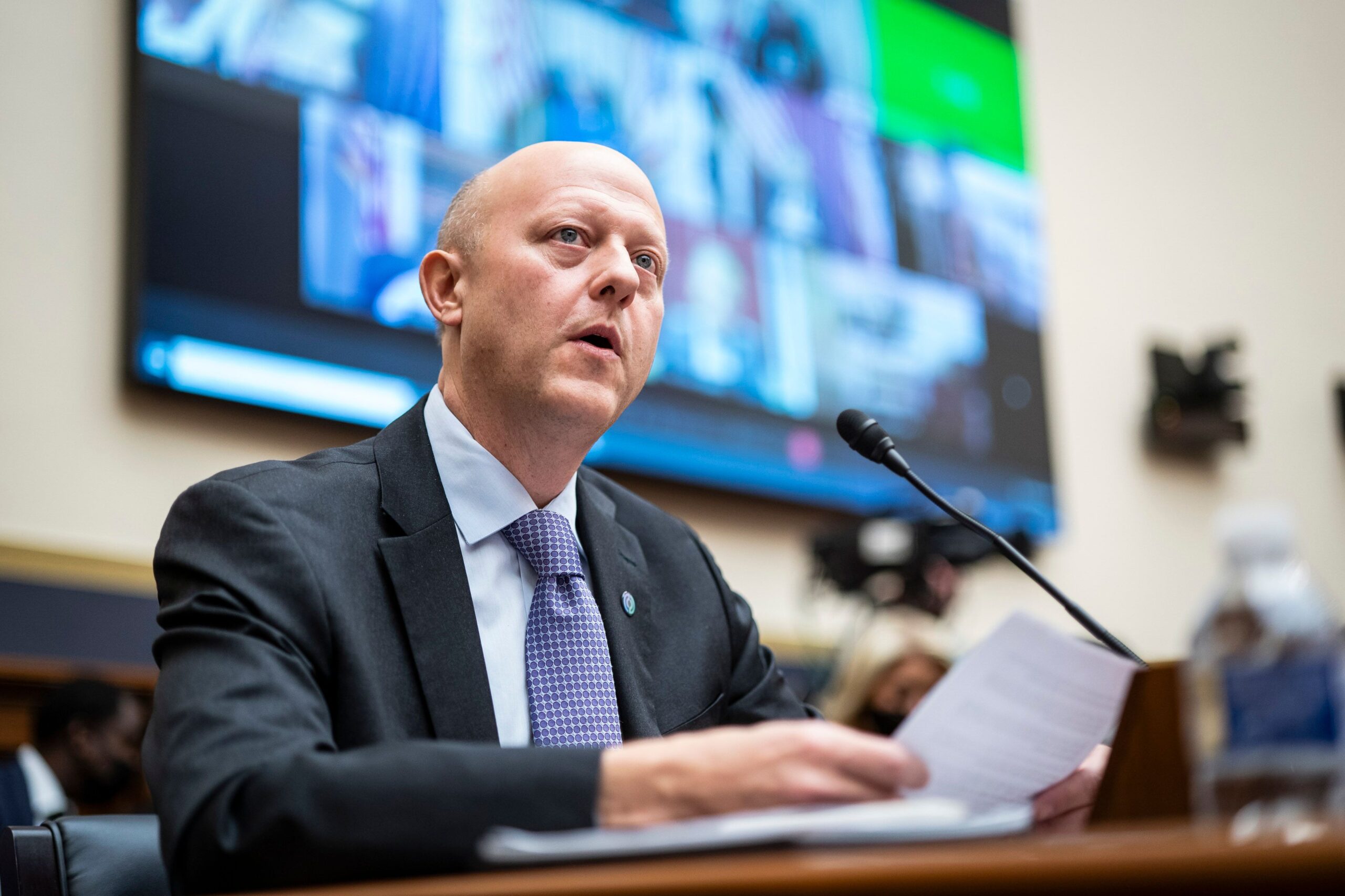Uncategorized
Blockchain Data Provider Chronicle Raises $12M to Expand Infrastructure for Tokenized Assets

Chronicle, a blockchain data provider focused on tokenized assets, announced on Tuesday that it has raised $12 million in a seed funding round.
The investment was led by Strobe Ventures, formerly known as BlockTower Capital. Other backers include Galaxy Vision Hill, Brevan Howard Digital, Tioga Capital and Fenbushi Capital, alongside notable crypto angel investors such as Rune Christensen (Sky/MakerDAO founder), Andre Cronje (founder of Sonic and Yearn), Stani Kulechov (founder of Aave), Mark Phillips (co-founder of Steakhouse) and Sam MacPherson (co-founder of Phoenix Labs).
Chronicle operates as an oracle network, offering real-time data verification for tokenized financial products. It has processed more than $20 billion in total value secured (TVS) since its launch in 2017 and is expanding its infrastructure to meet rising demand. The company recently rolled out its «Verified Asset Oracle,» which ensures the authenticity of off-chain assets for issuers such as Centrifuge, Superstate and M^0.
«As banks and asset managers accelerate tokenization initiatives, Chronicle’s trusted data infrastructure provides the reliability and compliance capability these institutions require,» said Thomas Klocanas, general partner at Strobe Ventures.
The demand for real-world asset (RWA) tokenization is rising, as global banks and asset managers increasingly use blockchain rails for moving traditional financial instruments. Tokenized assets could become a multitrillion-dollar market by 2030, reports by McKinsey, Boston Consulting Group and others projected.
Chronicle aims to tap into that rising demand by integrating off-chain data with blockchain-based assets by ensuring data security, auditability and cost-efficiency through a network of validators, including established financial data providers and crypto-native organizations like Sky, formerly MakerDAO.
The company said it will use the new capital to advance product development, expand partnerships, and strengthen compliance measures, reinforcing its role as a bridge between traditional finance and digital assets.
Disclaimer: Parts of this article were generated with the assistance from AI tools and reviewed by our editorial team to ensure accuracy and adherence to our standards. For more information, see CoinDesk’s full AI Policy.
Uncategorized
EVM-Compatible Vana Blockchain Introduces New Token Standard for Data-Backed Digital Assets

Crypto enthusiasts might have heard of the ERC-20 token standard, which provides guidelines to ensure that tokens created on the Ethereum smart contract blockchain are compatible and can interact with other tokens and applications within the network.
A similar standard for data-backed tokens, called VRC-20, has now emerged.
Vana, an EVM-compatible Layer 1 blockchain that helps users monetize personal data by bundling it into DataDAOs for AI model training, introduced the new standard early this week to boost trust and transparency in the market for data-backed digital assets.
«For data markets to work, tokens must be reliable, secure, and useful. As a universal standard for data-backed tokens, VRC-20 delivers this by ensuring fair and transparent data token trading,» Vana announced on X.
The VRC-20 standard design includes specific criteria such as fixed supply, governance, and liquidity rules while ensuring real data access by tying tokens to actual data utility. Additionally, it promotes continuous liquidity through rewards that ensure market stability.
«This isn’t speculation. This is real financialization of data,» Vana noted.
Vana launched its mainnet in December, with VANA as its native cryptocurrency. Since then, the network has onboarded over 12 million data points through multiple DataDAOs, reflecting strong demand for user-owned data.
DataDAOs or data liquidity pools are decentralized marketplaces that bring data onchain as transferable digital tokens. DLPs are where data is contributed, tokenized and made ready for use in applications such as AI model training.
Monday’s announcement replaced VANA emissions as DataDAO inventive with a new feature that calls for DAOs to issue VRC-20-compliant tokens to receive liquidity support.
Additionally, the protocol introduced data validator staking, where VANA holders can lock their coins in data validators instead of individual DataDAOs.
«Rewards are based on network security and usage. Stakers earn proportionally to their contribution to network uptime and data availability. No more idle staking. Earnings are tied to real network utility and reliability,» Vana said.
The VANA token changed hands at $5.58 at press time, the lowest in over two weeks, extending the decline from the recent price high of $8.78 on Binance, according to data source TradingView.
Uncategorized
Why Trump’s Tariffs Could Actually Be Good for Bitcoin

So far, crypto markets haven’t behaved as expected under the Trump Administration. Investors hoped that regulatory reform and policies like a Bitcoin Strategic Reserve would drive prices appreciably higher. But it’s been the opposite. Bitcoin has fallen from highs well above $100,000 at the beginning of the year to a trough in the mid-80,000s for most of March.
Crypto prices have suffered from being increasingly correlated with traditional assets like stocks and bonds, which have been hit by macroeconomic uncertainty. Tariffs — surcharges the U.S. places on imports from other countries — have Wall Street worried about a global recession. Crypto investors have been steering clear of crypto assets, which are seen as relatively risky.
“This is all about markets’ ‘risk appetite’ which continues to deteriorate, and for the time being drives a wedge between crypto assets and gold, which continues to be the ‘safe haven’ of choice,” said Marc Ostwald, Chief Economist & Global Strategist at ADM Investor Services International.
“[That’s] in no small part driven by central bank FX reserve managers, who are seeking to reduce USD exposure, which has long been a source of concern to them.”
As the global financial and trade system becomes more fragmented, investors are seeking alternatives to riskier assets, including dollars. For now, that means turning to gold, which is up 18% year-to-date.
But that could change, said Omid Malekan, an adjunct professor at Columbia Business School and author of «The Story of the Blockchain: A Beginner’s Guide to the Technology That Nobody Understands.» Bitcoin could be the new gold soon enough.
“I think the entire [future] is uncertain and in some ways unknowable, because there are many crosscurrents and both crypto and tariffs are new. Some people argue that crypto is just a risk-on tech asset and would sell off due to tariffs. But bitcoin has found footing in some circles as ‘digital gold’ and the physical variety is soaring on the tariff news. So which will it be?”
In other words, economic uncertainty could lead investors to seek out bitcoin just as they have sought out gold in recent months.
Another note of positivity: the impact of tariffs on crypto could be “priced in” and the worst might be over already, said Zach Pandl, head of research at Grayscale, a leading crypto asset management firm.
President Trump is due to announce U.S. tariffs on Wednesday, April 2, at 4 p.m. ET—what’s known as “Liberation Day.” According to reports, he’ll lay out “reciprocal tariffs” against 15 countries that have levied tariffs against the U.S., including China, Canada and Mexico.
Pandl estimates tariffs have so far taken 2% off economic growth this year. But Liberation Day might actually stop the worst of the pain felt in financial markets. “If we see an announcement [on Wednesday] that is tough but phased, and focused on the 15 countries they seem to be targeting, my expectation is that markets will rally on that news,” Pandl told CoinDesk.
“Potentially once we get through this announcement, crypto markets can focus back on the fundamentals which are very positive.”Pandl said announcements like Circle’s IPO wouldn’t be happening if institutions didn’t have a high degree of confidence in the digital assets sector and the policies around it.
Moreover, Pandl, a former macro-economist at Goldman Sachs, believes that tariffs will increase the appetite for currencies that aren’t dollars.
“I think tariffs will weaken the dominant role of the dollar and create space for competitors including bitcoin. Prices have gone down in the short run. But the first few months of the Trump Administration have raised my conviction in the longer term for bitcoin as a global monetary asset.”
Pendl still believes that bitcoin will hit new all-time highs this year, despite current pessimism around prices. “I wouldn’t have quit my Wall Street job if I didn’t think bitcoin will be the winner in the long term,” he said.
Uncategorized
Stablecoin Giant Circle Files for IPO

Circle, the U.S.-based stablecoin issuer, is going public.
The firm filed an S-1 form with the Securities and Exchange Commission (SEC) on Tuesday. If approved, the company’s stock will be trading on the New York Stock Exchange under the symbol «CRCL.»
The company said its reserve income from managing its stablecoin-related reserves was $1.7 billion at the end of 2024, representing 99.1% of its total revenue.
Circle is behind USDC, the second largest stablecoin by market capitalization, with $60 billion in supply. The firm’s IPO has been one of the most anticipated in crypto.
It’s not the only crypto-adjacent company looking to go public. Artificial Intelligence (AI) firm CoreWeave (CRWV), which benefits from a strong business relationship with bitcoin mining firm Core Scientific (CORZ), started trading on the public market on March 28.
-

 Fashion6 месяцев ago
Fashion6 месяцев agoThese \’90s fashion trends are making a comeback in 2017
-

 Entertainment6 месяцев ago
Entertainment6 месяцев agoThe final 6 \’Game of Thrones\’ episodes might feel like a full season
-

 Fashion6 месяцев ago
Fashion6 месяцев agoAccording to Dior Couture, this taboo fashion accessory is back
-

 Entertainment6 месяцев ago
Entertainment6 месяцев agoThe old and New Edition cast comes together to perform
-

 Sports6 месяцев ago
Sports6 месяцев agoPhillies\’ Aaron Altherr makes mind-boggling barehanded play
-

 Entertainment6 месяцев ago
Entertainment6 месяцев agoDisney\’s live-action Aladdin finally finds its stars
-

 Business6 месяцев ago
Business6 месяцев agoUber and Lyft are finally available in all of New York State
-

 Sports6 месяцев ago
Sports6 месяцев agoSteph Curry finally got the contract he deserves from the Warriors





